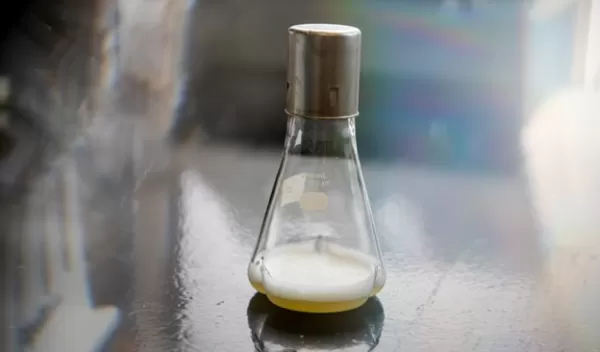
Biochemists turn glucose into hydrocarbons found in gasoline
Biochemists at the University at Buffalo and the University of California, Berkeley, funded in part by the U.S. National Science Foundation, report in Nature Chemistry that they turned glucose into olefins, hydrocarbons found in gasoline and used as starting materials in plastics manufacturing.
The scientists fed a genetically modified version of E. coli glucose the E. coli had converted into 3-hydroxy fatty acids and used a catalyst to expose the olefins. The new method is a step forward in developing and manufacturing sustainable biofuels, commodity chemicals and materials.
"We combined what biology can do with what chemistry can do, and put them together to create this two-step process," said Zhen Wang, a co-author of the study. "Using this method, we were able to make olefins directly from glucose.”
Making biofuels from renewable resources like glucose has great potential to advance green energy technology, according to Wang. Glucose is produced by plants through photosynthesis, which turns carbon dioxide and water into oxygen and sugar. The carbon in the glucose -- and later the olefins -- is from carbon dioxide that has been pulled out of the atmosphere, Wang said.
"This advance from the NSF Center for Sustainable Polymers demonstrates an innovative, green entry into the building blocks for valuable polymers/plastics," said David Berkowitz, director of NSF’s Division of Chemistry. "By cleverly combining biology and chemistry, this team has opened a new, potentially bio-renewable alternative to petroleum cracking. These results showcase how NSF investments in collaborative, interdisciplinary science can push the envelope toward developing more sustainable chemical industries."
Creating biofuels, plastics and other chemicals by transforming sugar into hydrocarbons is an advancement in sustainable chemistry that uses a renewable resource. Scientists are investigating whether this process can be scaled up for manufacturing and industrial processes.


